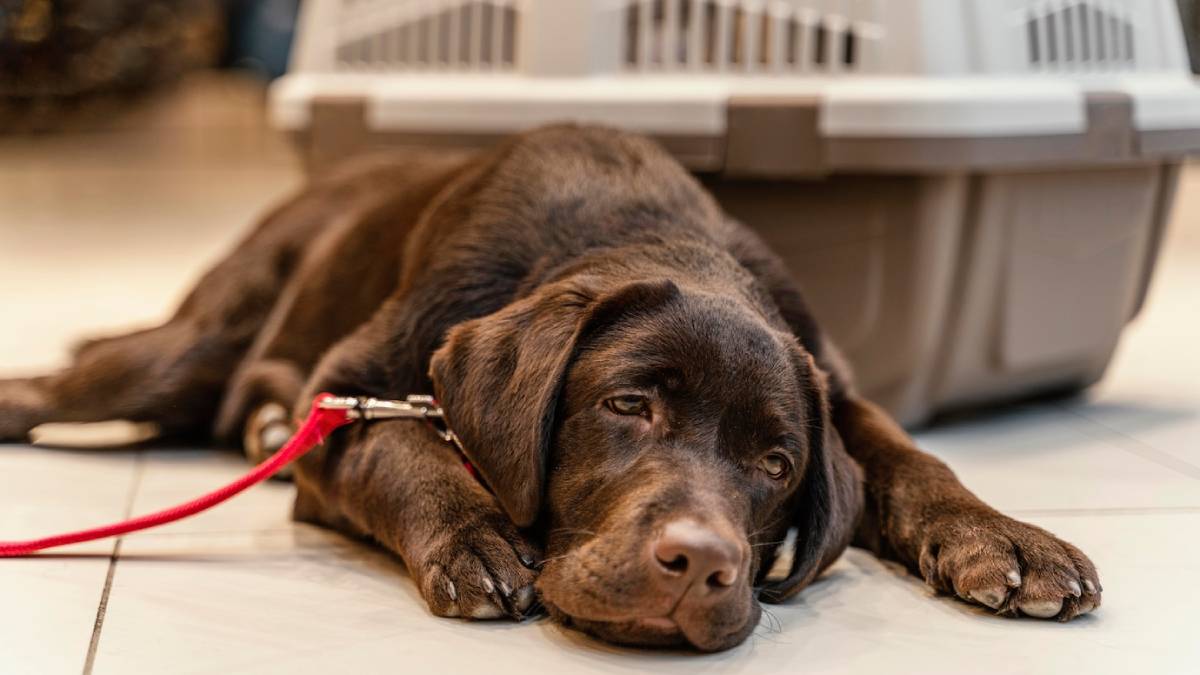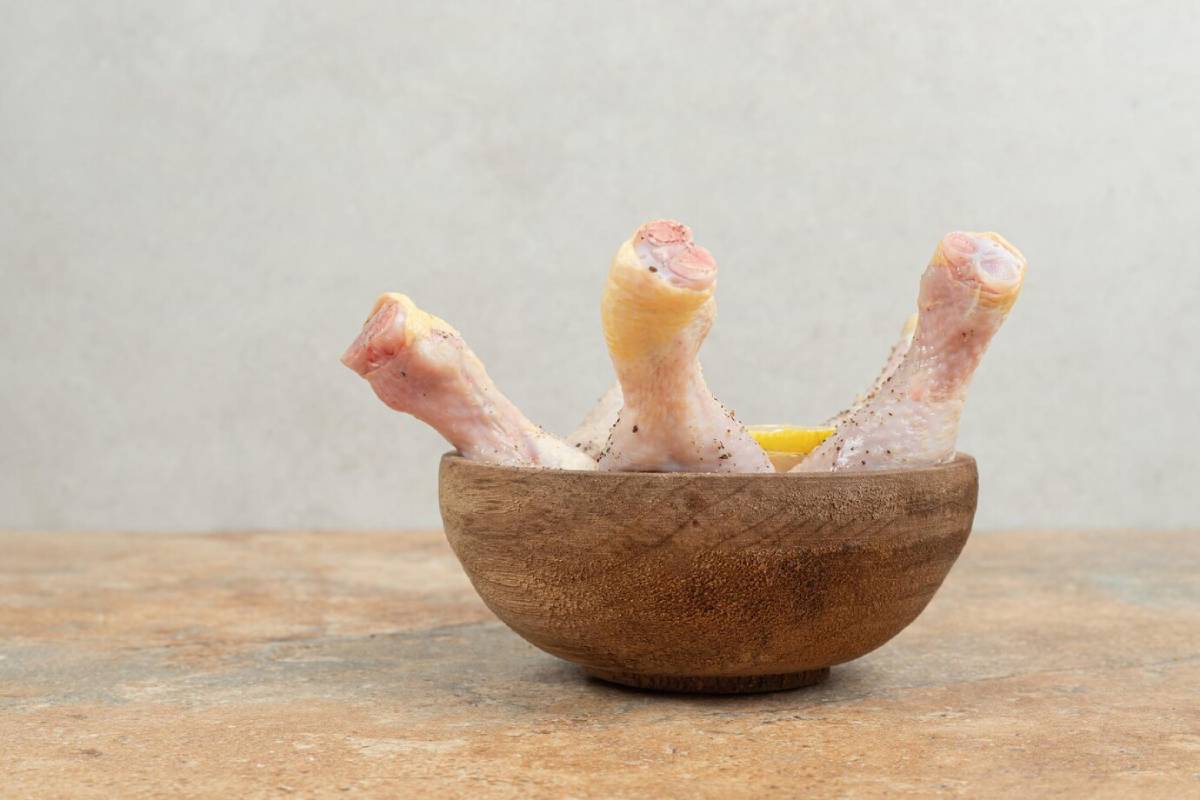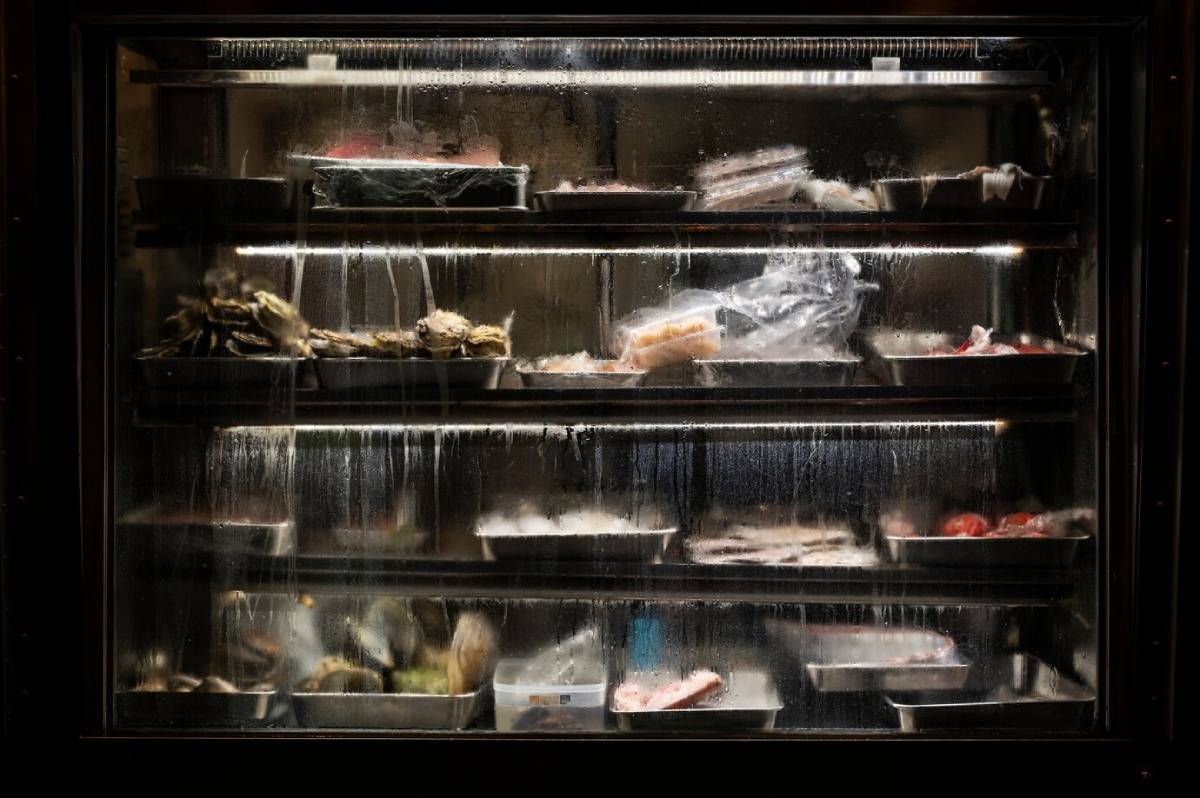
Storing Homemade Dog Food: Safety Tips Every Dog Owner Should Know
You’ve taken the time to prepare wholesome, homemade meals for your dog. But what happens after the cooking stops? Without proper storage, even the best homemade dog food can spoil quickly, posing serious risks to your pup’s health. Whether you’re cooking in batches or preparing meals daily, how you store that food can make all the difference.
This guide will walk you through the most effective methods of storing homemade dog food, ensuring safety, freshness, and peace of mind. You’ll learn about ideal containers, storage duration, and smart practices for fridge and freezer use—all rooted in practical experience and backed by vet-recommended guidelines.
Let’s make sure your dog’s meals stay just as nutritious on day three as they were fresh off the stove.
Understanding the Basics of Food Safety for Dogs
Why Homemade Dog Food Needs Extra Care
Unlike commercial pet foods, which are processed and preserved to last months, homemade meals are fresh and free from synthetic preservatives. This makes them healthier, but also more perishable.
Key reasons homemade dog food is prone to spoilage:
- Lack of preservatives
- Higher moisture content
- Often includes cooked meat and vegetables, which degrade faster
- Susceptibility to bacterial contamination (e.g. Salmonella, Listeria)
What Can Go Wrong?
Improper storage can lead to:
- Mould and bacterial growth
- Nutrient degradation
- Foodborne illnesses in dogs
Signs of spoiled dog food include:
- A sour or rancid smell
- Visible mould
- Slimy texture
- Disinterest or refusal to eat
If in doubt, throw it out.
Best Practices for Storing Homemade Dog Food
1. Choose the Right Containers
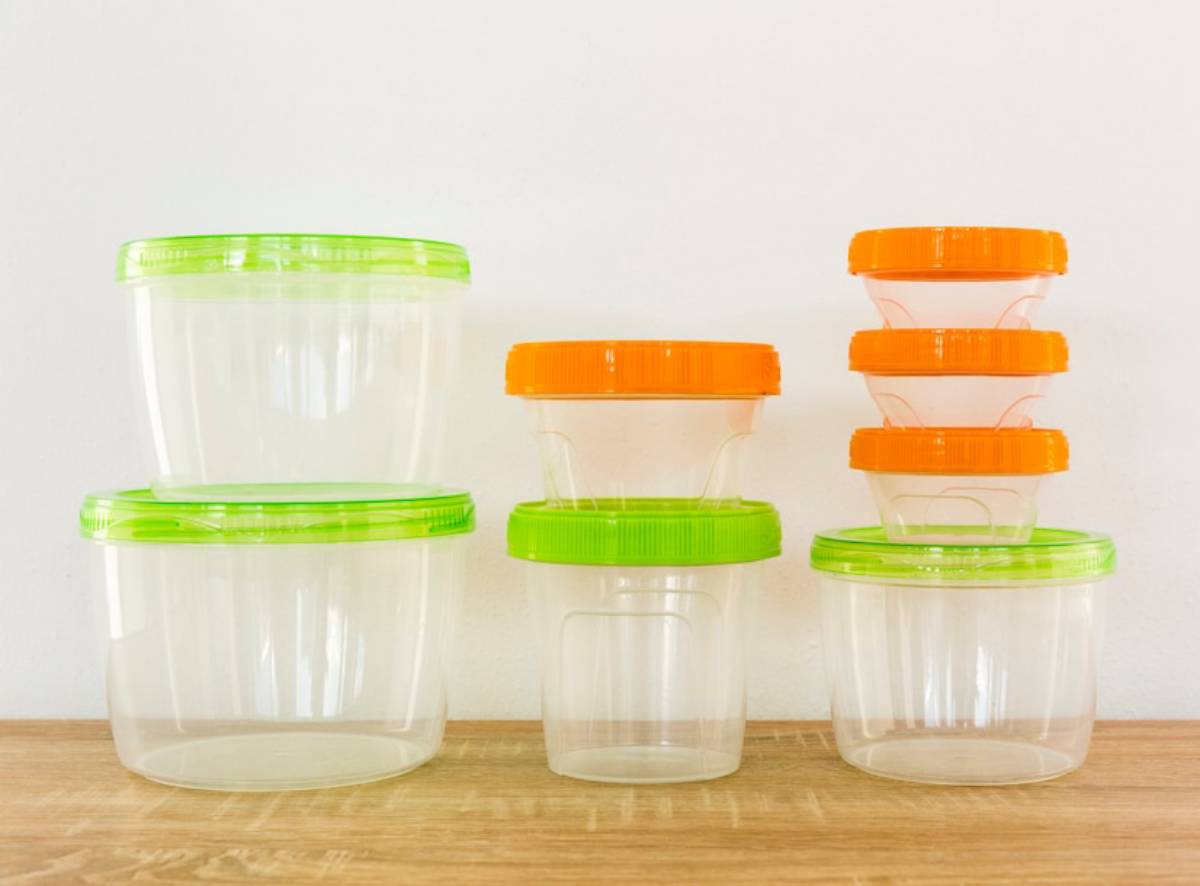
Opt for airtight, food-grade containers. Avoid reusing takeout boxes or non-BPA-free plastics.
Recommended storage options:
- BPA-free plastic containers
- Glass containers with tight-fitting lids
- Vacuum-sealed bags (great for freezing)
- Silicone food storage bags
2. Portion Before You Store
Don’t just dump an entire batch into one container. Portion it into daily servings. This helps:
- Maintain freshness by reducing repeated exposure to air
- Avoid waste from leftovers
- Make feeding quicker and easier
Pro Tip: Use labels to mark portion size, ingredients, and preparation date.
3. Fridge Storage: Short-Term Solution
The fridge is ideal for dog food you’ll use within 3–5 days. Store it at 4°C or below.
Tips:
- Place containers on a top shelf to avoid cross-contamination
- Keep meat-based foods towards the back where it’s coldest
- Rotate older portions to the front to use them first
4. Freezer Storage: Long-Term Option
Planning ahead? The freezer’s your friend. Properly stored, homemade dog food can last up to 3 months frozen.
Freezing tips:
- Use individual, flat freezer bags for easy stacking
- Remove as much air as possible to prevent freezer burn
- Defrost in the fridge, not on the counter, to avoid bacterial growth
Additional Safety and Hygiene Tips
1. Stick to a Clean Routine
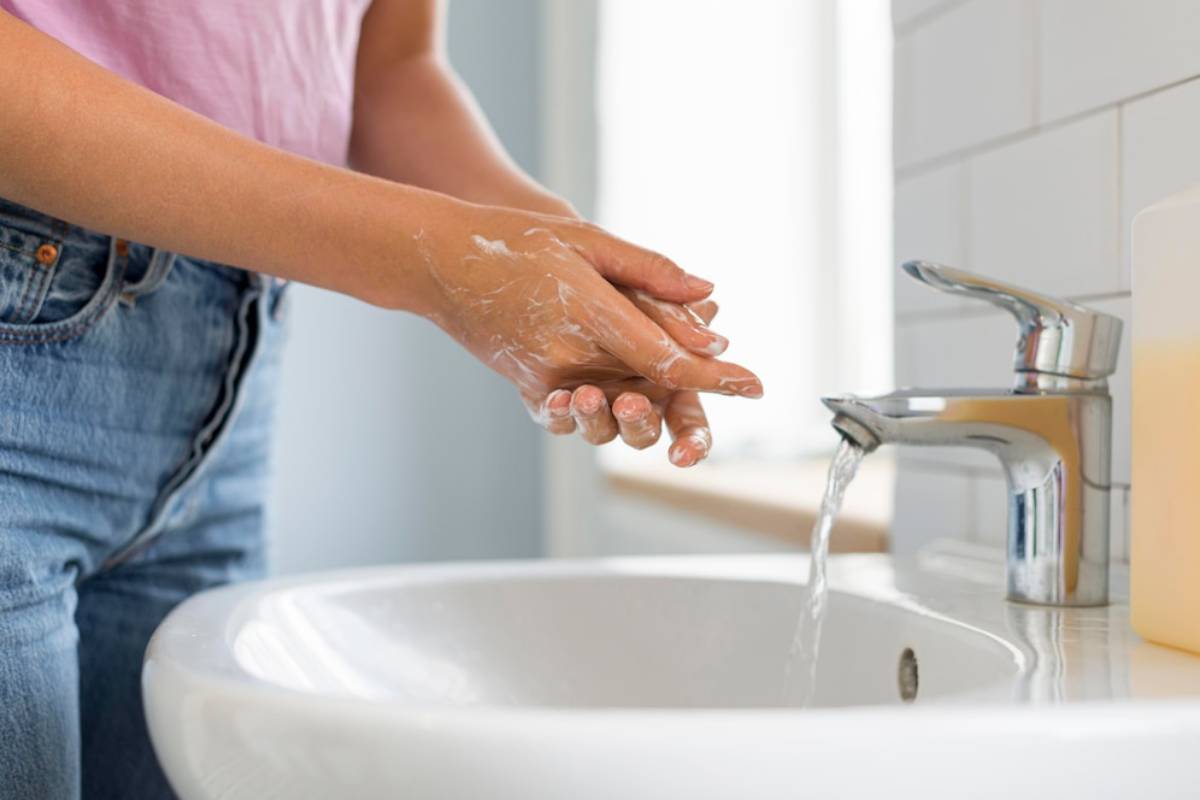
Always wash your hands and kitchen surfaces before and after handling dog food.
This includes:
- Cutting boards
- Utensils
- Storage containers
2. Cook to the Right Temperature
Ensure meats reach a safe internal temperature (typically 75°C for poultry and 70°C for beef) before storage. This kills pathogens and extends shelf life.
3. Don’t Mix Old and New Batches
Always clean containers thoroughly before refilling them. Mixing fresh food with old leftovers can cause contamination.
4. Watch for Ingredient Sensitivities
Certain ingredients spoil faster (like fish or cooked eggs) and need extra care. Store these in smaller portions and consume them sooner.
5. When in Doubt, Toss It Out
Dogs may have strong stomachs, but they’re not immune to foodborne illness. Trust your nose and eyes—if something seems off, it probably is.
Common Doubts About Homemade Dog Food Storage
How long does homemade dog food last in the fridge?
Generally, 3–5 days. Use a thermometer to ensure your fridge stays below 4°C.
Can I microwave frozen dog food?
You can, but it’s best to thaw in the fridge overnight. Microwaving can create hot spots that burn your dog’s mouth.
How can I tell if frozen food has gone bad?
Look for:
- Ice crystals
- Freezer burn
- Discolouration
- Off smells
Real-Life Scenario: What a Week of Safe Storage Looks Like
Imagine you prep meals for your Labrador, Bella, every Sunday. Here’s a safe plan:
- Sunday: Cook and portion meals
- Monday–Wednesday: Store three days’ worth in the fridge
- Wednesday evening: Move frozen portions into the fridge to thaw
- Thursday–Saturday: Serve defrosted meals
- Saturday night: Clean containers and prep for next week
This system keeps meals fresh and routines hassle-free.
Safe Storage = A Healthier Pup
When it comes to feeding your dog homemade food, your job doesn’t end at the stove. Storage is just as vital. It ensures your dog is getting safe, fresh, and nutritious meals every time they eat.
By following these simple yet effective dog food storage tips, you not only preserve the quality of your hard work—you protect your dog’s health and happiness.
Have you got your own storage system that works wonders? Share your tips in the comments or join our newsletter for more homemade dog food advice.
